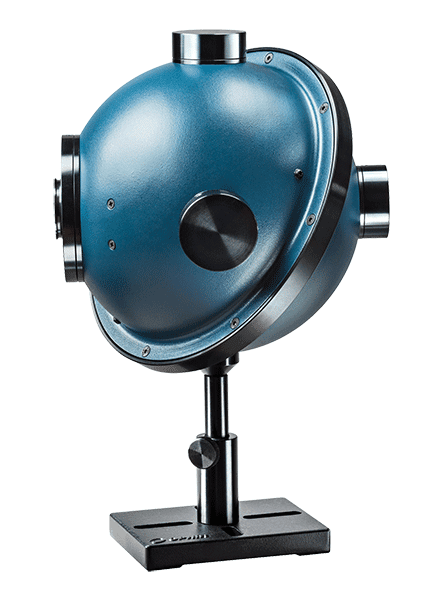Actualize your Optical Simulation in a Multiphysics Ecosystem
Speos provides an intuitive and all-encompassing user interface, along with enhanced productivity with use of GPUs for simulation previews and seamless access to the multiphysics ecosystem.
Optical Simulation for Real-Life Scenarios | Speos

- Simulate Sensor Vision
- Advanced Optical Analysis
- Optical Design Optimization
- AI Human Vision Simulation
- Illuminance, Luminance and Intensity
- CAD Integration & Patented Lens System
- Cloud Integration & Custom MAT Library
-
Connection with Multiphysics Simulations

Officially Recognized Software Solutions by the International Commission on Illumination (CIE)
Legitimacy and software integrity means everything to SimuTech Group and Ansys. As such, Speos has been assessed by the International Commission on Illumination (CIE) against CIE 171:2006 test cases, assessing the accuracy of light modeling software, and officially acknowledging the performance benefits of Speos.

Predict Illumination and Optical System Performance with Ease
- Ansys Lightfield® for Speos is a new file format that helps to facilitate the storage and sharing of pre-computed results for sub-structures within an optical system.
- Improves simulation time and allows for black-box sharing including geometry and light distribution between suppliers and their customers for improved performance and IP protection.
- With the embedded GPU Compute, Speos delivers dramatic improvements to simulation performance (140 – 260x faster benchmarks on average) with no loss in accuracy and unprecedented performance to cost ratio.
- A new feature to address the increasing need for scene dynamics in the context of camera simulations and the modeling of the complete acquisition chain was added to Speos in early 2022.
- New post-processing to better model dynamic scene effects such as roller shutter and motion blur.
- Speos Parameter Manager delivers an expansive set of parameters to enable the optimization of a broader set of Speos designs including light guides and projects lenses.
- In addition, the Speos Preset Manager allows you to create or apply presets through a simple drag & drop that contains all the parameters of Speos objects.
- Surface property plug-in capabilities allow for custom surface optical models written in C++ or Python.
- New models allow you to use third-party material descriptions and descriptions from other Ansys tools such as Lumerical FDTD.
Graded material models help you to capture the effects of non-homogeneity on refractive index and absorption.
- Speos now models aero-optical phenomenon to account for the aberration effects of compressible turbulent flows near the projection or viewing optical aperture.
- New support for flexible queues to easily adjust the number of cores available for Speos simulation. New HBv3 queues also help you to simulate faster.
In addition, New features for optical part design to improve simulation accuracy, usability, and control:
- Better control of spread on TIR lenses
- New freeform lenses
- New type of lightguide with micro-optical stripes to improve thick-lit appearance
- OPD enhancements (multi-facets support, grid enhancement visualization and better integration in Speos for NX)

